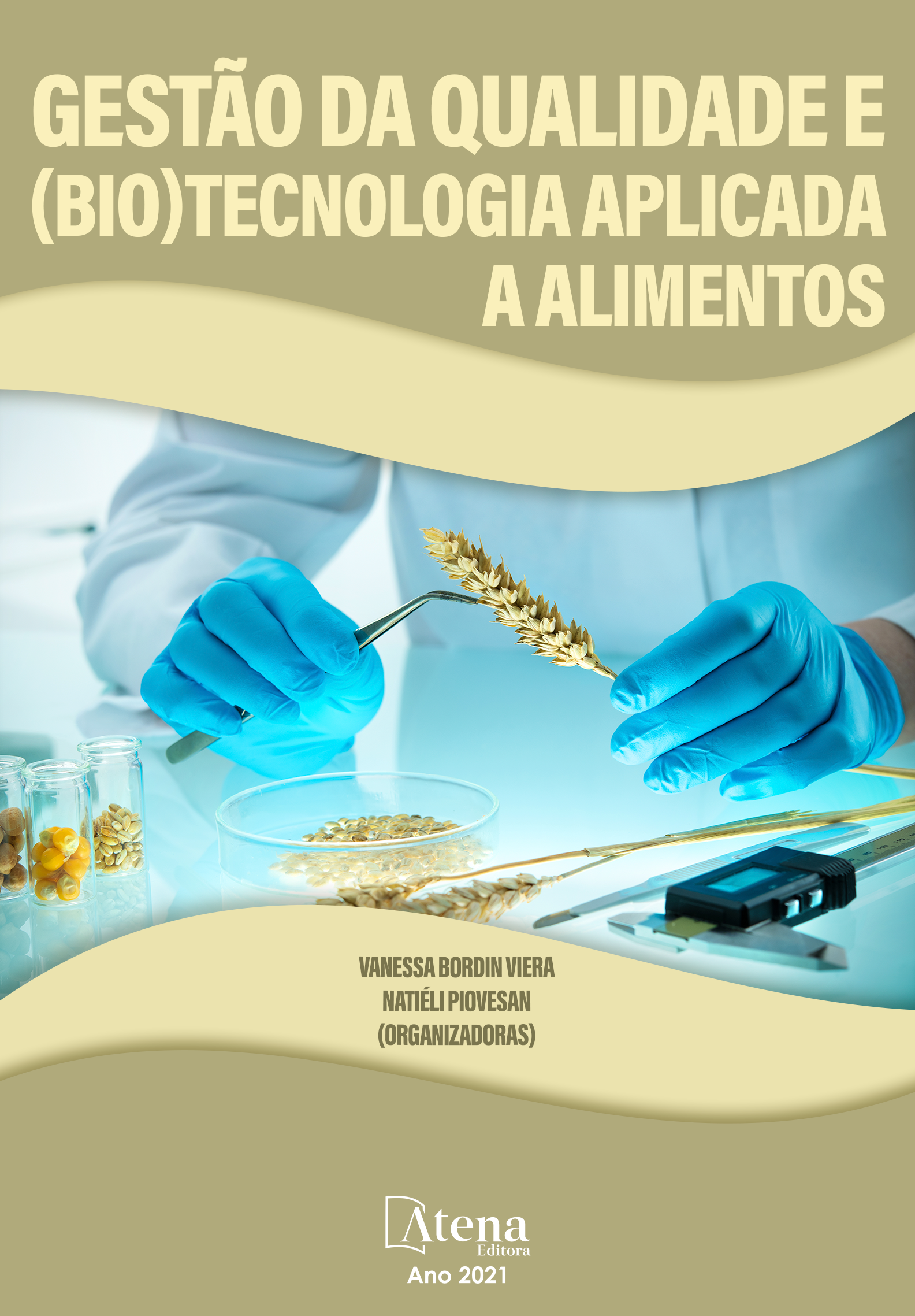
MODELADO DE SISTEMAS DE PRODUCCIÓN DE FRÍO PARA DETERMINAR LAS TEMPERATURAS DE PRERREFRIGERACIÓN Y CONSERVACIÓN ÓPTIMAS PARA DISTINTOS PRODUCTOS HORTOFRUTÍCOLAS
El objetivo general de este trabajo es el desarrollo de una herramienta de ayuda a la toma de decisiones en el proceso de diseño y dimensionado óptimo de sistemas de refrigeración (hydrocooling y cámara de conservación) de frutas y verduras, de forma que se minimice el coste total (inversión y operación) del sistema, con especial atención a la disminución del consumo energético y de la huella de carbono del sistema. Los dos casos de estudio (cereza y brócoli) fueron bien diferenciados con ubicaciones y fechas de recolección completamente distintas con el objetivo de demostrar la funcionalidad de la herramienta ante condiciones diferenciadas. Las conclusiones reflejaron: a) Los valores de transferencia de calor deben ser más limitantes ante el actual contexto energético. b) La temperatura de salida del hydrocooling de 7/8 no es siempre la idónea. c) La rentabilidad del hydrocooling varía según cambios en el precio de la energía. d) Esta herramienta es de aplicación ante cualquier contexto energético y de costes de inversión de materiales.
MODELADO DE SISTEMAS DE PRODUCCIÓN DE FRÍO PARA DETERMINAR LAS TEMPERATURAS DE PRERREFRIGERACIÓN Y CONSERVACIÓN ÓPTIMAS PARA DISTINTOS PRODUCTOS HORTOFRUTÍCOLAS
-
DOI: 10.22533/at.ed.5012120097
-
Palavras-chave: Eficiencia energética; Sistema de refrigeración; Aislante térmico
-
Keywords: Energy efficiency, cooling systems, Thermal isolation
-
Abstract:
The main objective of this study was the development of a Decision Support System tool (DSS) for the optimal design and dimensioning of cooling systems (hydrocooling and cooling rooms) for vegetables and fruits. It seeks to minimize the total cost of the system (investment and operation) paying special attention to the reduction of energy consumption and therefore decreasing the carbon footprint of the process. Two cases were studied (cherries and broccoli) with completely different locations and harvesting dates with the aim of demonstrating the tool under different conditions. The results showed that limiting the heat transference values justifies the cost of investment in isolation under the current energy cost context. Regarding the traditional calculation temperature of 7/8 in precooling, it is not the most appropriate for the hydrocooling product outlet temperature. Furthermore, it is observed that the profitability of the hydrocooling is compromised with significant rises in the price of energy. However, the use of this tool allows to get the analysis of the energy costs and the investment costs of materials in any case study being applicable to other types of crops and locations.
-
Número de páginas: 15
- Jorge Cervera Gascó
- Santiago Laserna Arcas
- Miguel Ángel Moreno Hidalgo
- Jesús Montero Martínez


